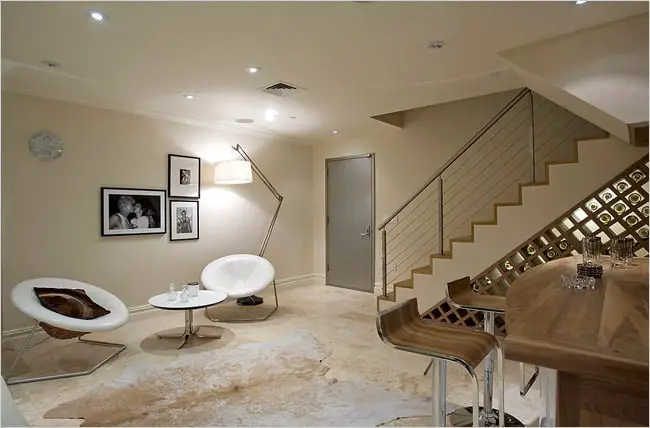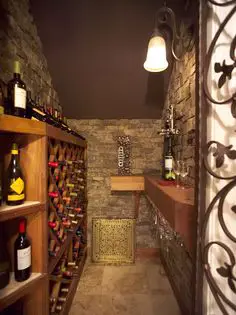Basement
Both cellars and basements are rooms or areas that exists below a building. A basement is found underneath the house or the building’s main structure. It is usually less than halfway below the curb line, unlike regular rooms which usually have their floor above or level to a curb. Many of them have windows. Some have things such as carpets, lighting and drywall.
Do they have other defining features?
Some basements have outdoor entrances, especially in places where bad weather is common. Many have a staircase that leads down to the basement, though some have a ladder you have to climb down. Many are used as storage space. Most are big enough to serve as another room where a person may sleep.

Related: How to Prevent Basement Leakage?
Cellar
A cellar is a far more enclosed space than a basement. It is also located under the house and often located below the halfway-curb line. Some people have cellars attached to basements or attached to an outside building. It is possible to have a cellar that is separate from the main building. A cellar is often accessed via a staircase, trapdoor or a ladder.

What are they usually used for?
Cellars are very commonly used for storing wine, especially because they are out of direct sunlight. The temperature and conditions are usually quite good for storing wine. The space is often small and a basement tends to be bigger. Cellars are often confused with basements by people that are not aware there is a difference; some people think the word cellar is a synonym of basement.
Basement vs Cellar Comparison Table
Though many people get confused of basement and cellar, there are many differences between basement and cellar. Below is a basement vs cellar comparison table provided for easy understanding.
Basement |
Cellar |
| Basement is found halfway under the house and usually less than halfway below the curb. | Most of a cellar is below the curb in relation to the street and the house. |
| It is often used as storage areas, places to put heating equipment and as spare rooms. | Cellars are often too small to be used as spare rooms for people to live in, but often have heating equipment in or are used for storage. |
| Basements often have drywall and decorative things. | Cellars have lights, but are not usually decked out with creature comforts. |
| It is possible to rent out a reasonably sized basement for people to live in. | Cellars are often too small to rent out for people to live in. |
| It may offer a certain amount of protection from bad weather. | It offers potentially more protection from bad weather because they are further underground than basements. |
| Basements are more likely to have windows. | Cellars may have windows, but they are often near the very top of the room near the ceiling and are at foot level with the curb. |
| Some are used as games rooms or bar areas. | Storing things that are not affected by damp conditions is commonplace. Some people have a very dry cellar where they may store things that are moisture sensitive. |
| Basements are larger and may be more difficult to heat. If it is used as a living space, then the user may desire ceiling insulation to keep the heat in the room. | Cellars are often smaller and very easy to heat. If concrete walls are present, then they may be very easy to dehumidify with the right equipment. |
